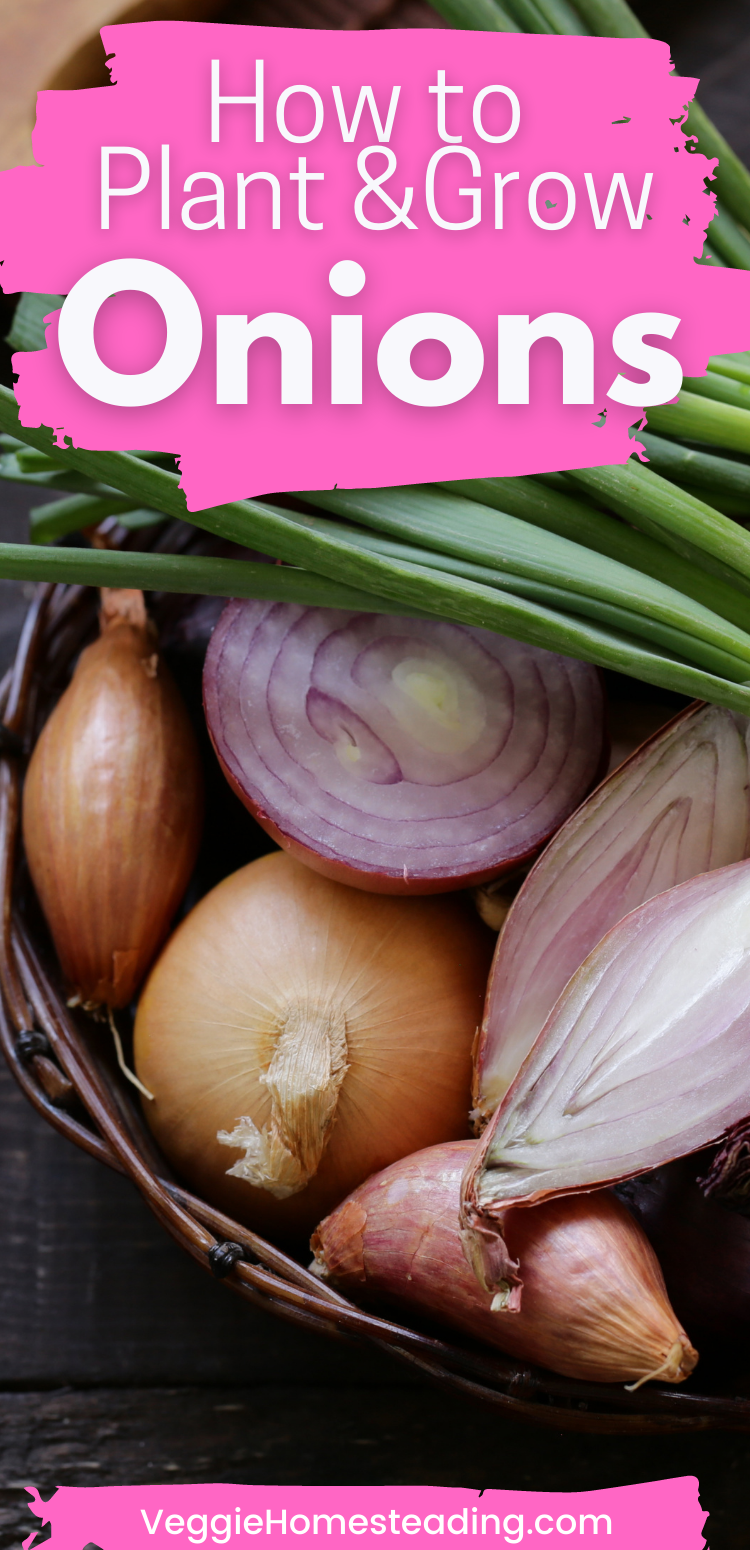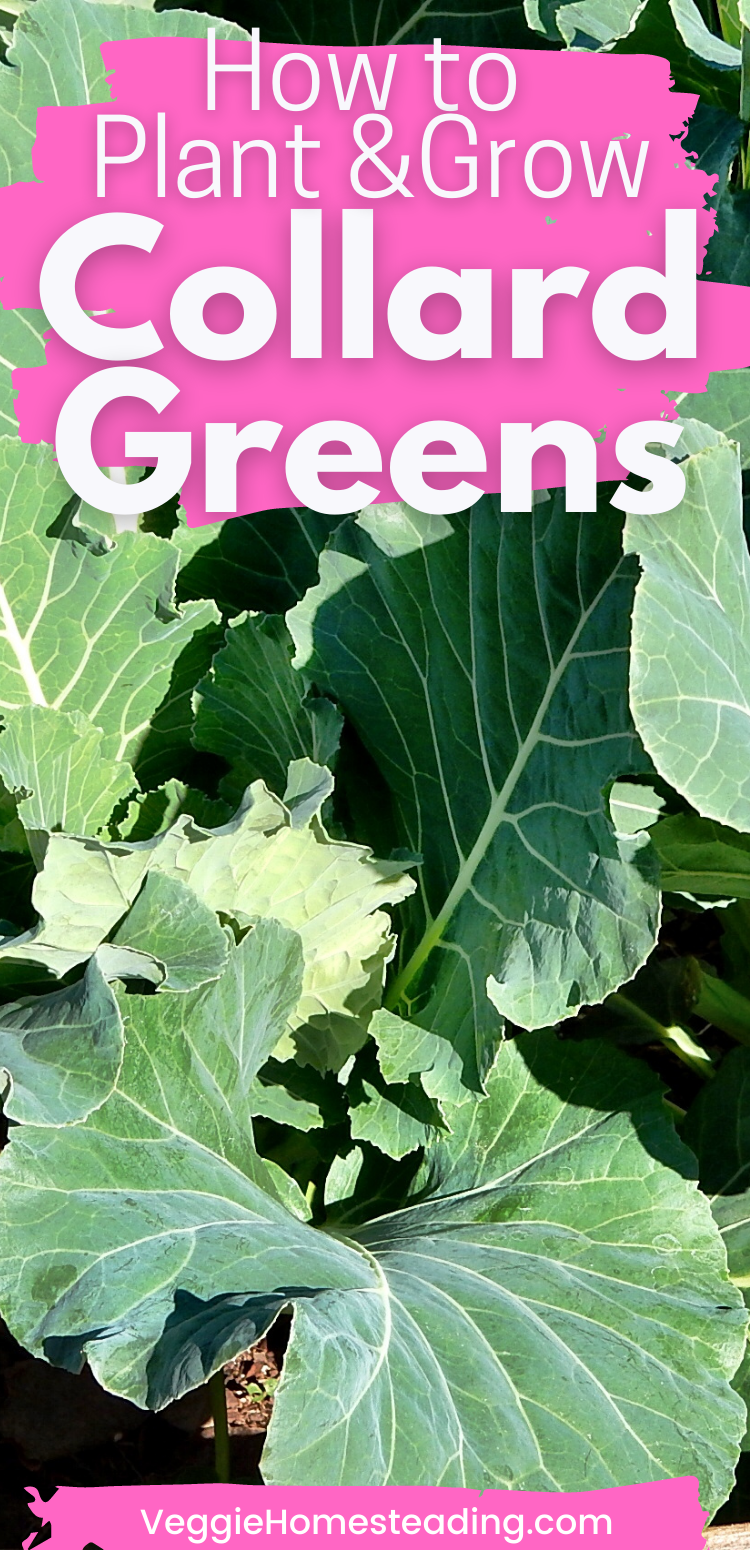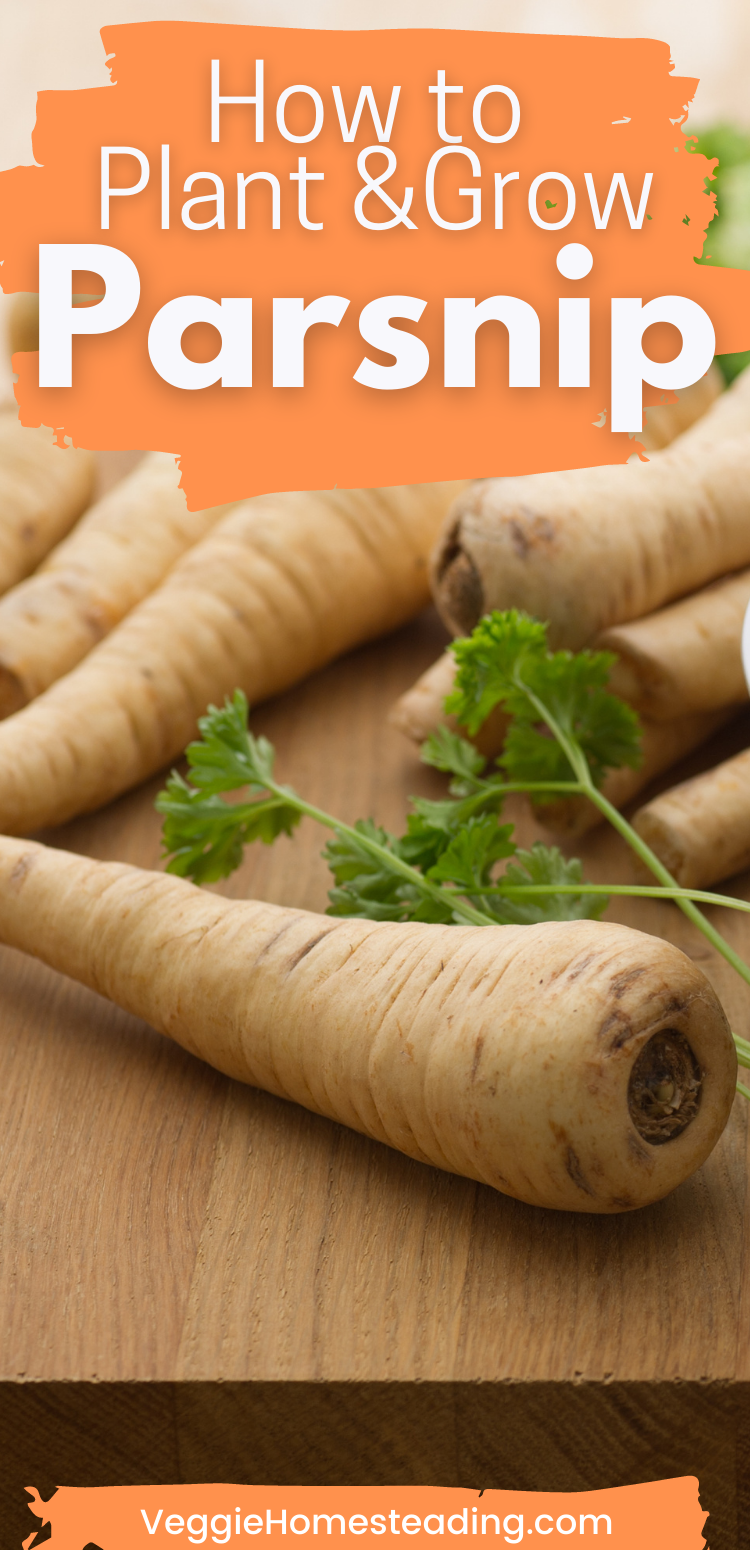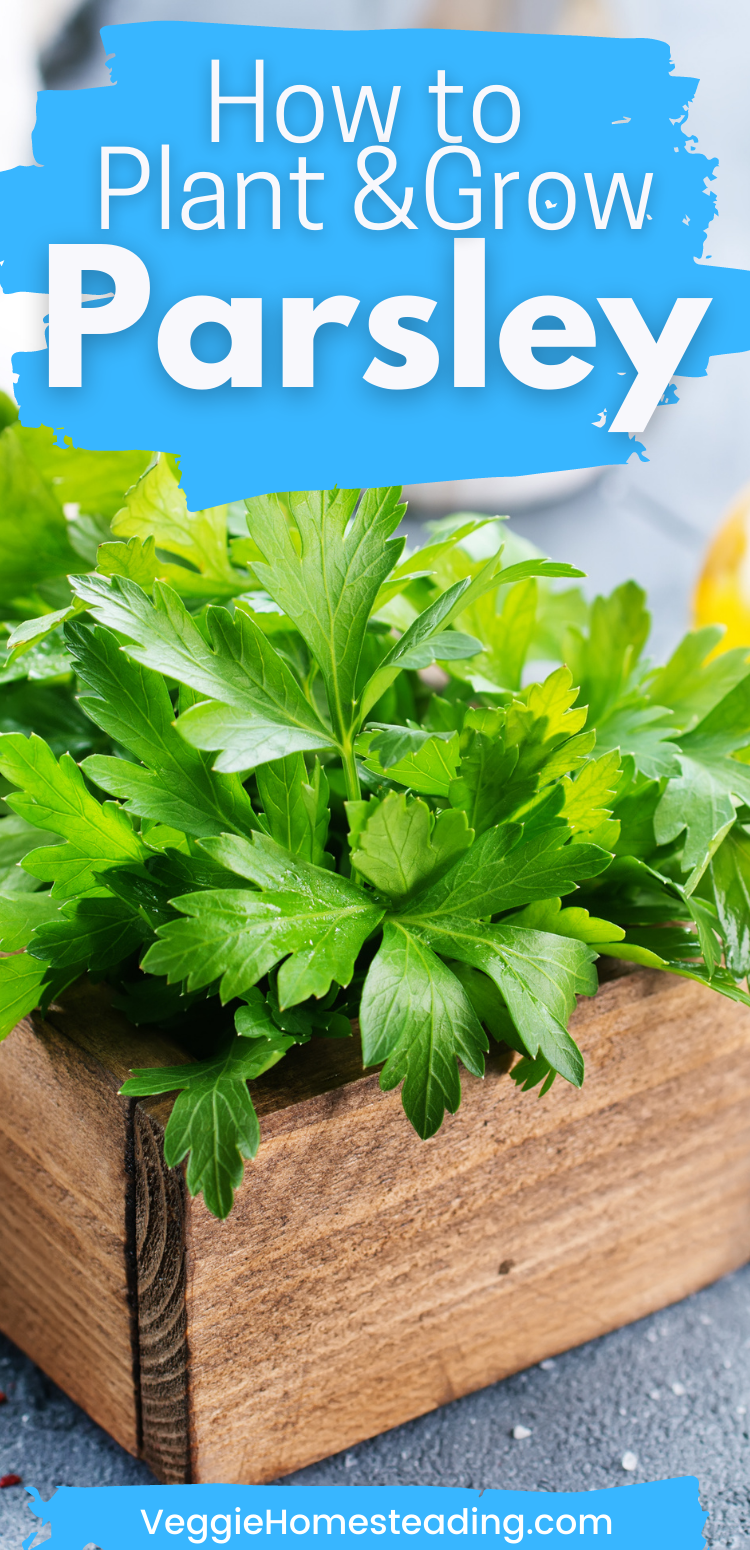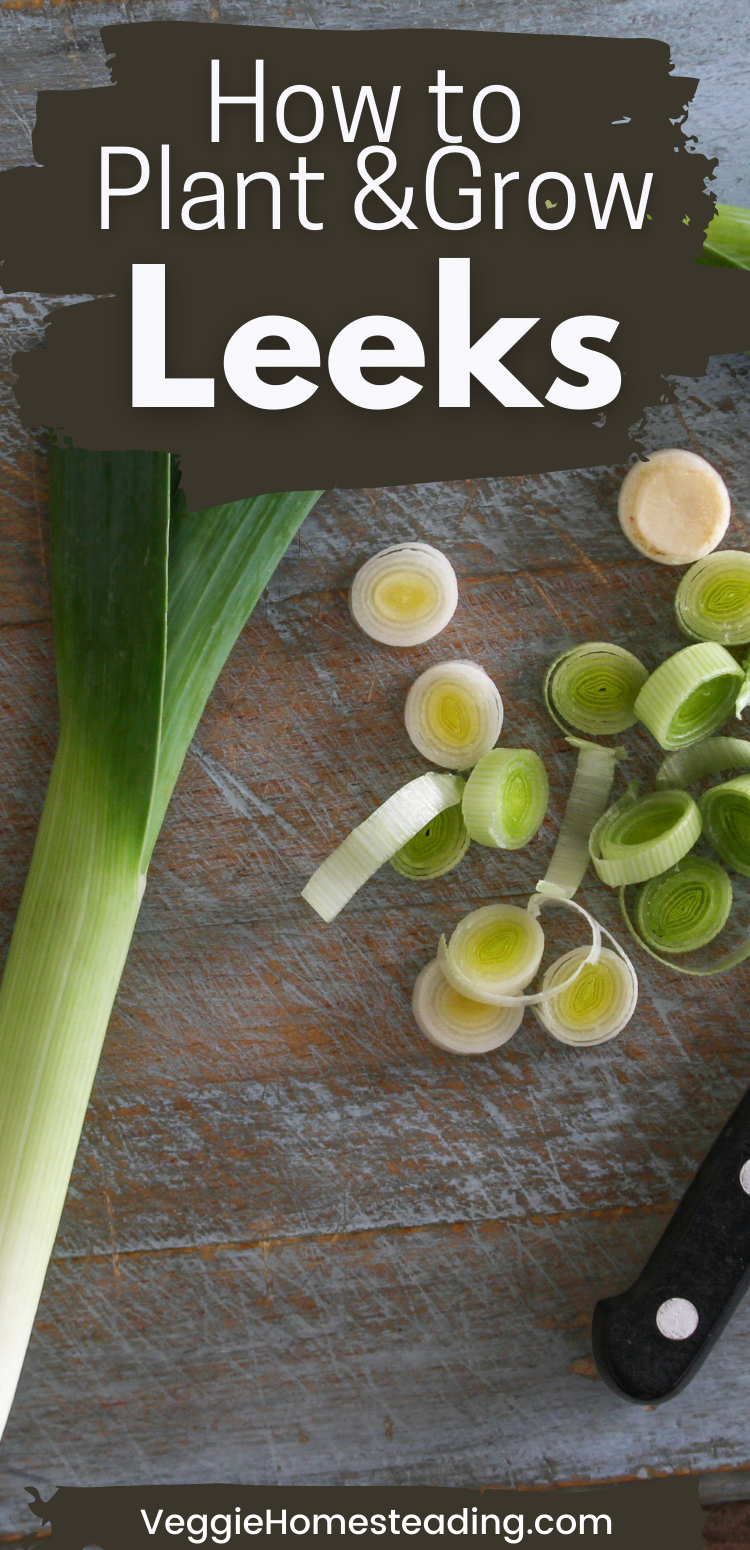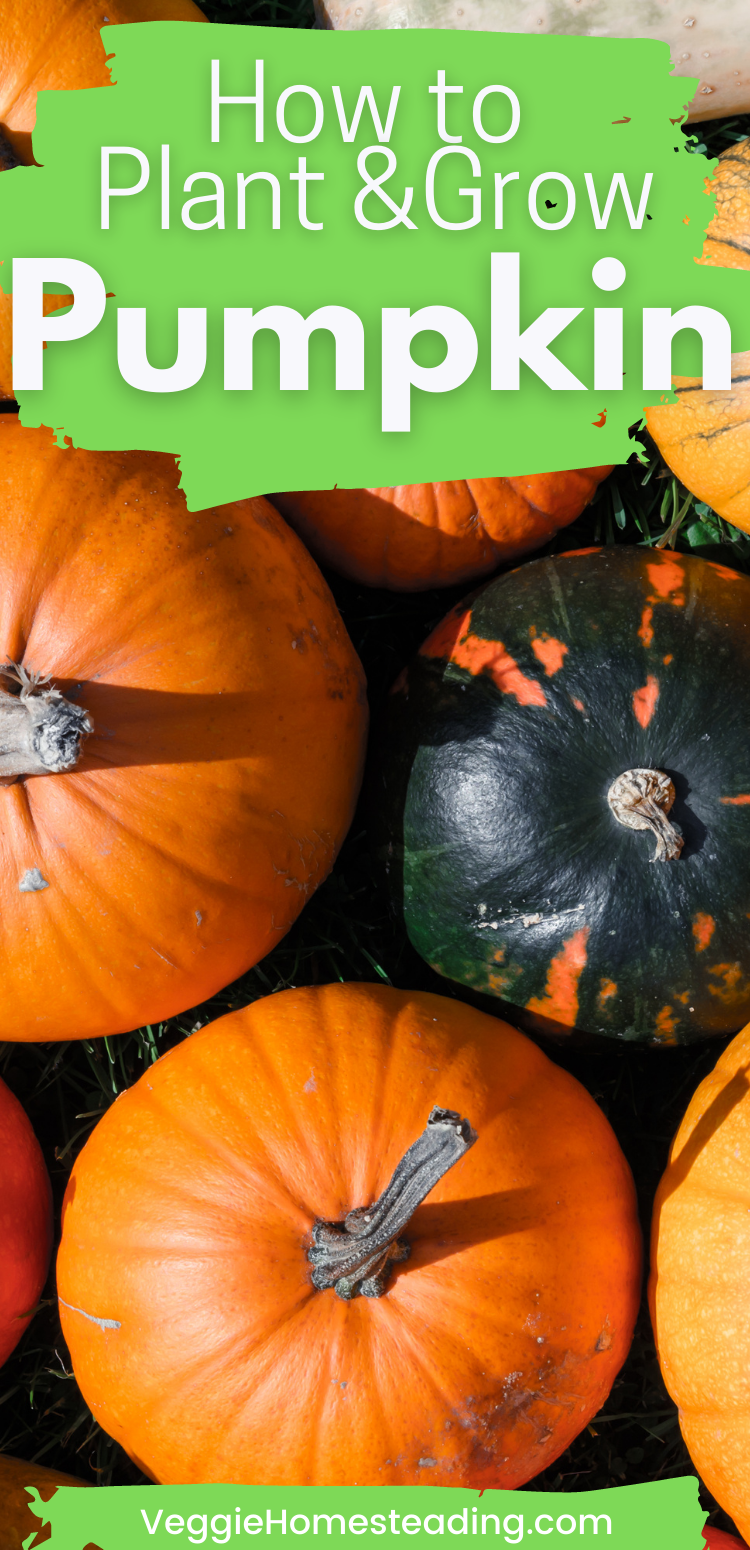Planting and Growing Bok Choy
Are you wanting to grow bok choy? This asian green is versatile, easy to grow and fun. These tips are perfect for planting and growing bok choy.
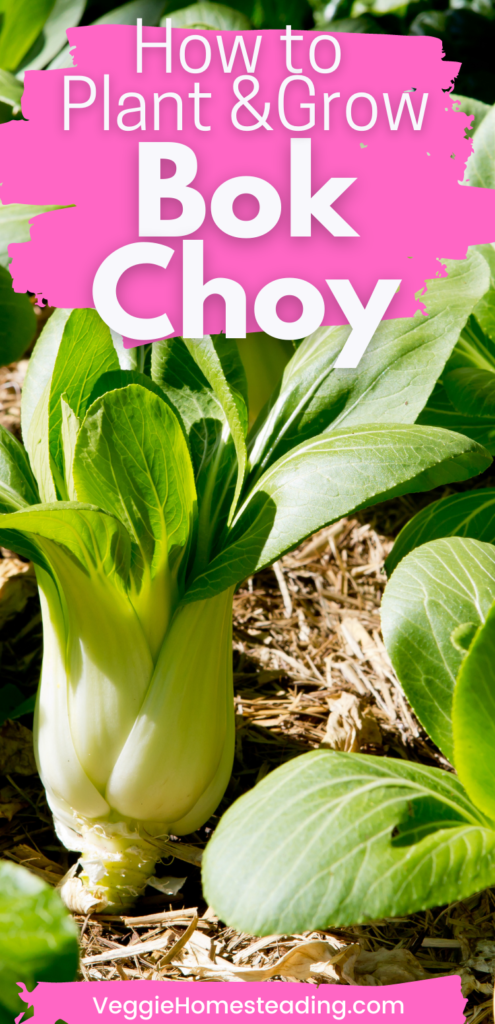
Botanical Information: Brassica rapa var. chinensis
Quick Facts:
- Bok Choy is native to China.
- The plant has four-petal cross leaves.
- A similar leaf to cabbage.
- Bok Choy is a biennial vegetable
Varieties:
Standard White Stemmed
Shanghai Bok Choy
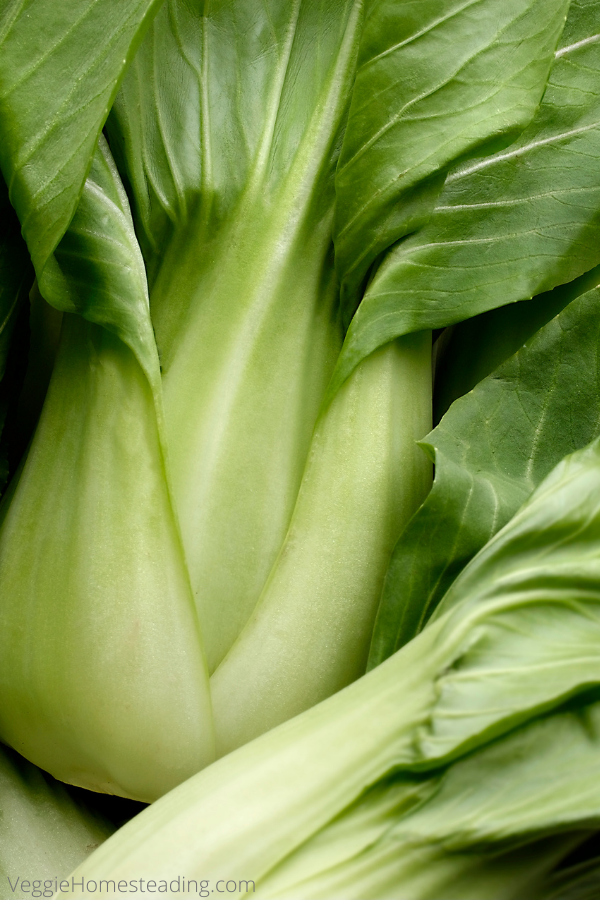
Starting:
Bok Choy can be directly sown into the garden or started with seeds in doors and transplanted later. Germination will happen within 7-10 days.
Start the seeds before the last frost date in the spring and transplant the seedlings two weeks later.
Bok Choy can be planted in spring and harvested in the summer or planted in late summer and harvested in the fall.
Spacing:
Sow seeds in double rows, with rows spaced 10 inches apart. Plant seeds 2 inches apart and barely cover them with soil.
Gradually thin to 8 inches.
Companions and Enemies
You can plant bok choy near other vegetables. Some will actually even help the bok choy grow more sufficiently.
These include:
Beets
Bush Beans
Carrots
Celery
Cucumber
Dill
Garlic
Onions
Potatoes
There is not any concrete evidence of other plants that can prevent the growth of bok choy.
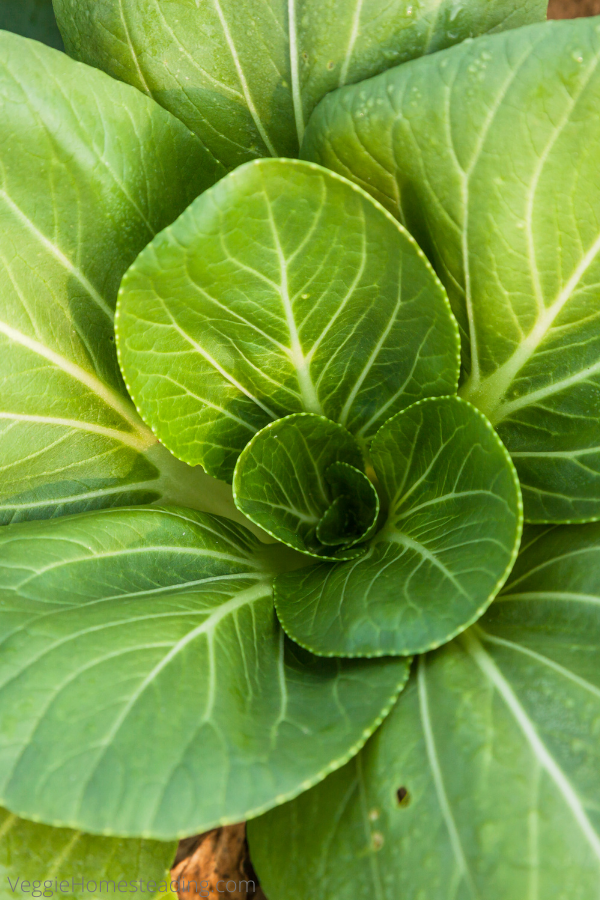
Watering :
Ensure that soil has well drainage. This plant should receive about 1 inch of water per week.
Light:
Bok Choy grows the best with full sun. They can survive in part shade. The plants need at least 6 hours of sun per day.
Maintenance:
Once the bok choy plants have grown, gradually thin them so that they are 8 inches apart. This is for optimal growth of each plant.
Pollination:
Bok Choy is pollinated through honey bees. Other pollination forms can be done as well, but bees are the primary form of pollination.
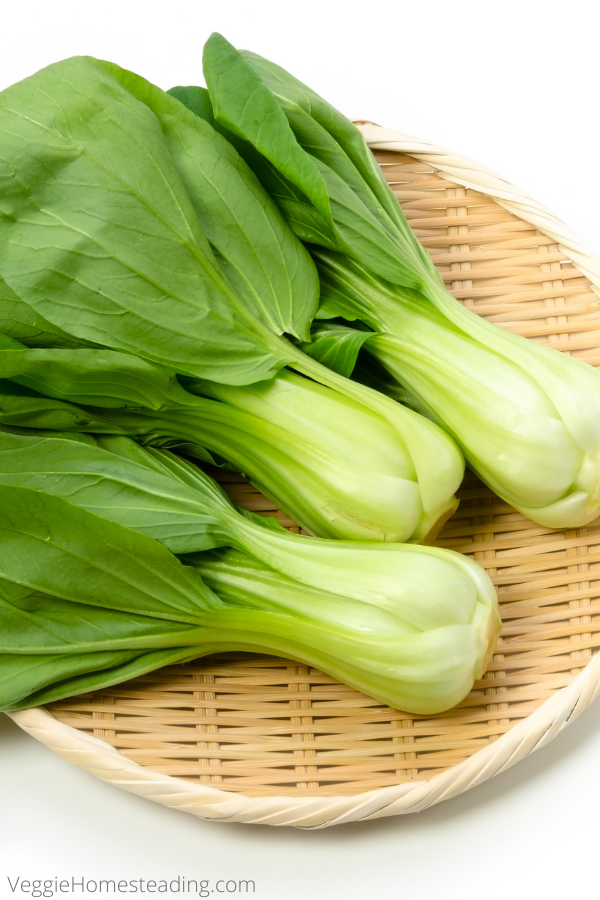
Common Problems
All plants can have common problems. Bok choy can suffer from:
Cabbage Maggots
Flea Beetles
Tarnished Plant bugs
Cutworms
Leafminers
Aphids
Slugs
Harvesting
It is important to harvest Bok Choy before the hot weather sets in. Hot weather can make bok choy go to seed very quickly.
You’ll know that Bok Choy is ready to harvest when it reaches 12 to 18 inches tall. Bok choy will grow with leaves and stalk growing close together similarly to celery, not like cabbage in a head form.
Storing & Preparing
The recommendation is to store bok choy in the crisper drawer of the fridge, unwashed and in a perforated plastic bag, until you are ready to eat.
Preparing bok choy starts by trimming off and discarding the root stem. Because the leaves are soft and tender, you can remove the root and eat just the leaves.
Planting and Growing Bok Choy can be easy with these tips.

